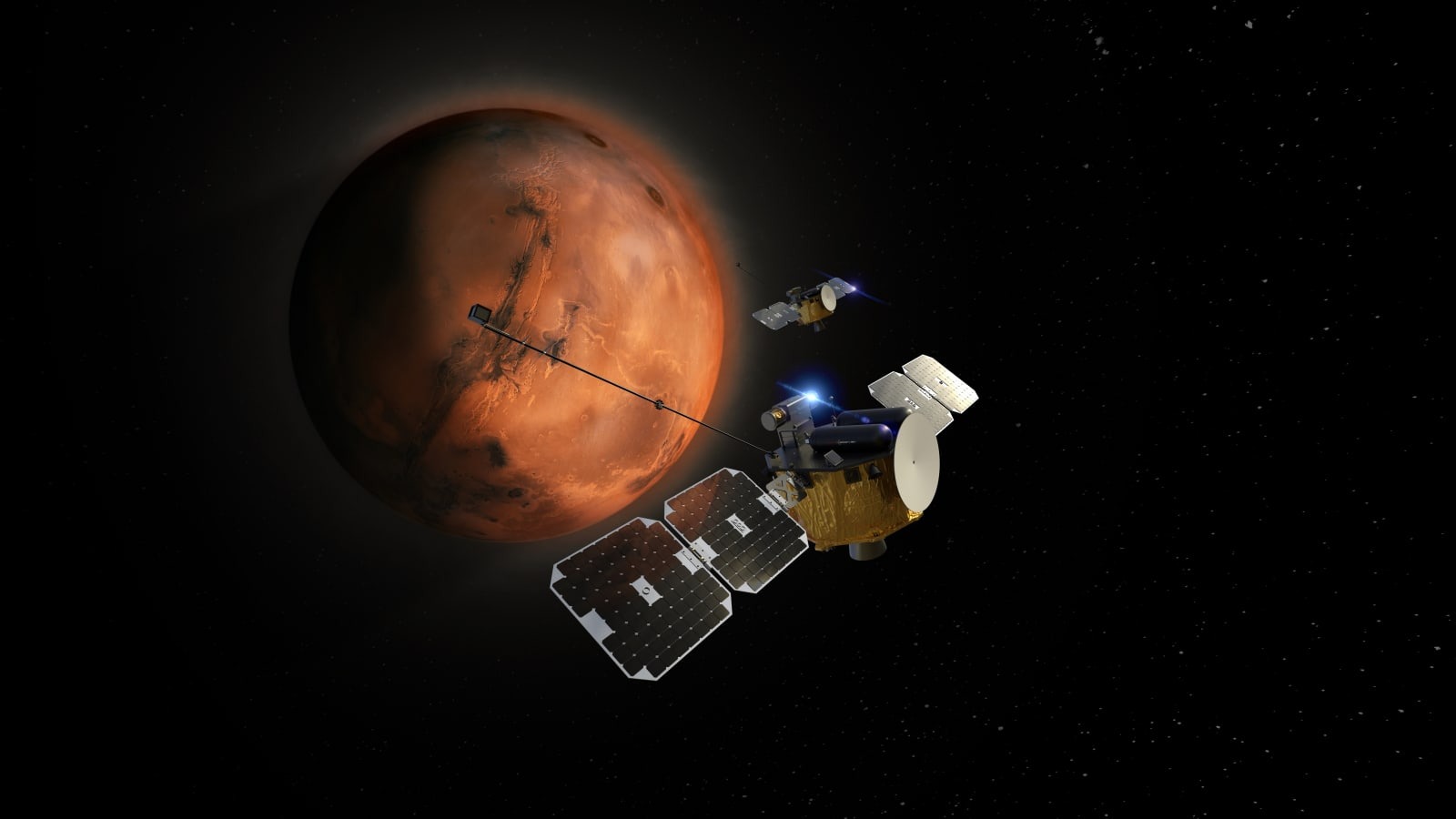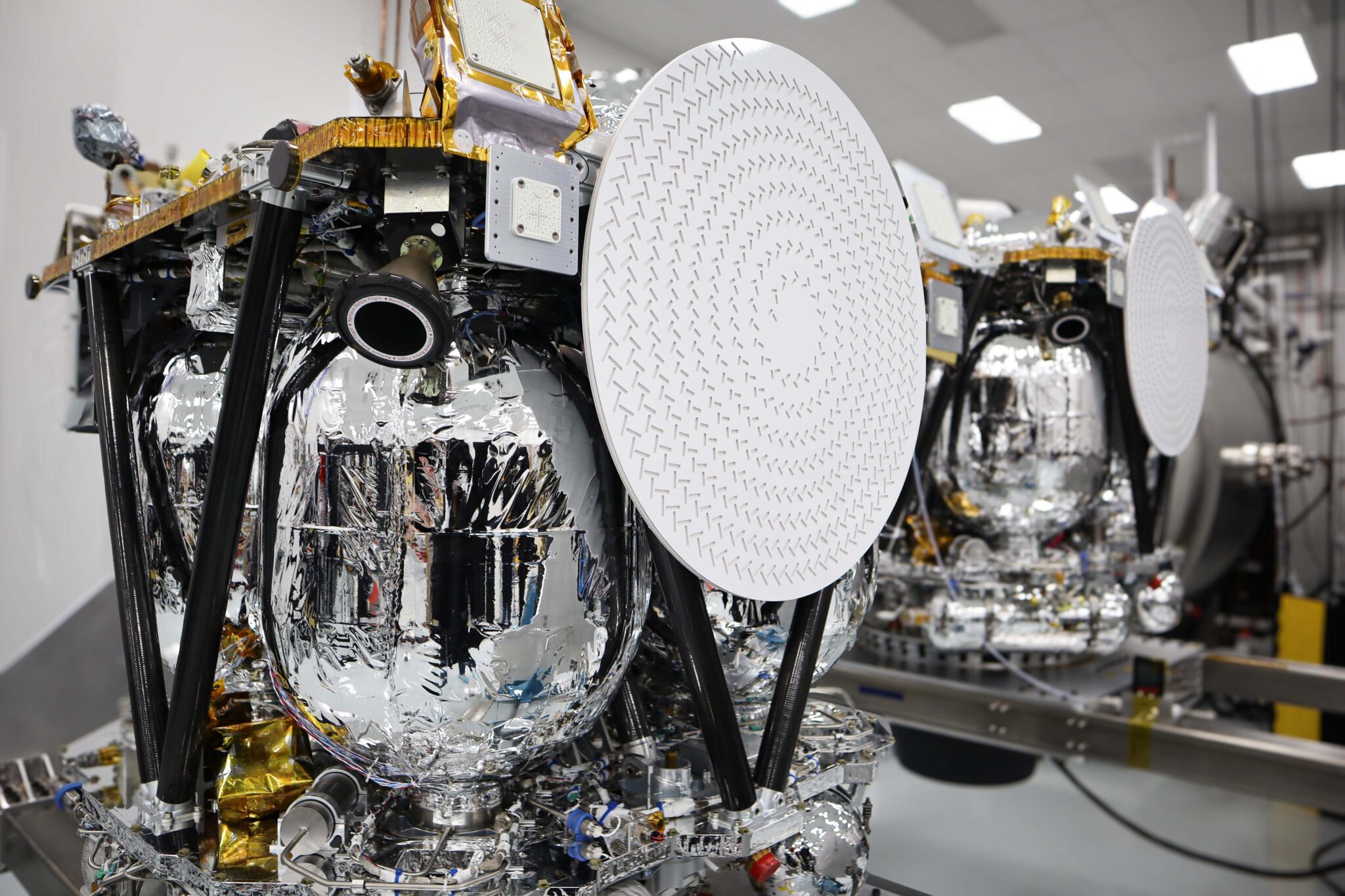Rocket Lab, along with NASA, aims to make a trip to Mars for 1/10th of its cost. The ESCAPADE mission should investigate the interaction of the solar wind with the atmosphere of the Red Planet. The journey consists of two phases: the first involves a 55-hour move from California to Cape Canaveral, and the second involves an 11-month flight covering a distance of 370 million kilometers to the Red Planet.

The main developer of the scientific equipment is the Space Sciences Laboratory at the University of California, Berkeley, and the satellite platform that will place the spacecraft in orbit around Mars developed Rocket Lab. The mission is scheduled to launch until October, during the first launch of Blue Origin’s New Glenn rocket.
Rocket Lab, known for its Electron rocket, received a significant amount of its revenue from building spacecraft. The ESCAPADE mission should demonstrate that the company is capable of producing high-performance vehicles for deep space missions. Rocket Lab previously built a satellite platform for NASA’s CAPSTONE mission to the Moon, which successfully entered orbit after a five-month mission.

Travel to Mars traditionally was very expensive: the 2005 and 2013 missions cost NASA more than half a billion dollars each. In 2019, the Aerospace Administration established the SIMPLEx program to fund small spacecraft with a budget of no more than $55 million, excluding launch costs. ESCAPADE is one of three SIMPLEx missions and likely the first to be launched.
Rocket Lab has been awarded a contract to build two satellites. The company’s engineers designed the vehicles with plenty of propellant to provide a delta displacement of about 3 km/s, a significant figure for a vehicle of this size. These satellites, called Blue and Gold, are based on the Explorer platform, which has already been used in the CAPSTONE program.
Earlier we reported that NASA needed hardy volunteers for a mission to Mars.According to echcrunch.com


